What I have found interesting in my brief dive into the microplastics field is that almost the entirety of research on microplastics has been done in the last 10 years. We have gone from knowing nothing about their existence to realizing how important knowing about them is in an incredibly short timeframe.
We have discovered that microplastics are a huge aspect of our daily lives, no matter how we live, how organic we shop, and how far we are from civilization. We have uncovered that over 90% of Great Lakes fish have microplastics in their digestive tracts, the discovery of microplastics in breastmilk, and that most bottled water contains some level of microplastics.
With these recent discoveries, I was inspired to look beyond my experience with Oshki beach cleanups along the Great Lakes into solving the issue during my senior project this past spring at the University of Michigan. With the help of one of my favorite professors at Michigan, Dr. Sara Soderstrom, I did some baseline research into public policy on microplastics in the Netherlands and Finland. This experience inspired me to look specifically into how public policy can help influence microplastic cleanup efforts in the Great Lakes region altogether.
A deeper dive into Great Lakes microplastics:
Most of these plastics are smaller than what’s visible to the naked eye and are also denser than water. Through molecular attraction, microplastics cling to Cladophora, a common type of algae in the Great Lakes. Cladophora has increased in its prominence with the rise of invasive mussels in lakes, now amounting to over 120,000 tons of stringy, long algae. With the Great Lakes holding 84% of North America’s surface freshwater, the pressure to protect these bodies of water is growing more important than ever.
Microplastics enter the Great Lakes ecosystem through the water system, often because of improper filtering practices from both municipal water filtration systems and laundry machines. Public policy to enact effective filtration practices has been ignored as a solution to the ever growing issue. A large portion of these microplastics are from textile waste, where synthetic fibers shed microplastics into the general water stream through the washing process.
Microplastic pollution can take place in either primary form, shedding from synthetic materials (such as textiles, cosmetics, or the recently outlawed microbeads commonly found in soaps and cleaners) or in secondary form, in which plastics break down from larger conglomerates over time through natural decay.
Although microplastics are small in size, the devastation across varying ecological and trophic levels is extensive. The prominence of Cladophora serves as a massive source of trophic-level contamination within food chains. Cladophora’s growth due to increasing water temperatures and invasive mussels has resulted in many more resting places for microfibers. Samples of Cladophora have been found to contain 2 to 3 times more microplastics than normal water and sediment samples. These strings of algae provide homes for zooplankton and other microorganisms, which are food sources for many species of prey fish. In a recent study spanning across 330 species of Great Lakes fish, it was found that 97 percent of the surveyed fish had microplastics in their digestive tracts.
Among Chinook Salmon, one of the most commonly consumed fish in the Great Lakes region, 92 percent of surveyed fish had ingested microplastics. Comparing fish that had microplastics in their digestive tracts showed major behavioral issues including decreased growth rates, lower food consumption, increased stress, and lower reproductive success
As the problem of microplastics in the Great Lakes persists and even worsens, public health and ecosystem resiliency remain at risk. Moving forward, public policy will play a vital role in mitigating these forthcoming risks. From my research, I found that there were two main points of emphasis the Great Lakes region/US public policy needs to get on top of now that we know the extent of the microplastics issue:
Water filtration technology improvement:
With the more recent discovery around the prominence of Great Lakes microplastics being directly linked to microfiber shedding, wastewater treatment plants (WWTP) are a main focus in how to mitigate the issue. Many coastal metropolitan regions have cited cost and scale as main proponents against advances in water waste treatment technology. One region which has fought for policymaking in the wastewater treatment space is Finland. The recent construction of the HSY Viikinmäki wastewater treatment plant (with a microplastic retention rate of over 97%) serves as a revolutionary first mover in the microplastic reduction space. This effort exemplifies that microplastic policy for water treatment can be done at a larger scale.
The HSY Viikinmäki wastewater plant helps treat the wastewater of over 800,000 citizens in the Helsinki metropolitan area with an average of 270,000 cubic meters discharged into the Gulf of Finland daily. Comparatively, the Milwaukee WWTP discharges around 400,000 cubic meters into Lake Michigan daily. The Viikinmäki wastewater plant exemplifies the capabilities to move forward with microplastic removal through treatment technologies at scale.
The treatment technologies for the Viikinmäki wastewater treatment plant are based on an activated sludge methodology, using a tertiary biological filter which focuses on the extraction of nitrogen, proven to remove over 99.9% of microplastic particles through multiple treatment steps. The waste first goes through a pre-treatment process, where primary sedimentation processes are taken as preliminary measures. The activated sludge method using aeration tanks and clarifiers to remove phosphorus, sulfate and other biodegradable matter from the wastewater. This process, along with hydraulic retention, takes around 8 days. The treated sludge is then put through further clarification processes and returned into aeration tanks in the form of activated sludge.
HSY Viikinmäki wastewater plant model

Though tertiary methodologies represent a higher cost structure for wastewater treatment plants, economies of scale, energy offsets, and environmental costs incentivize the move towards tertiary wastewater treatment plants economically. A cost-effective analysis of implementing these additional technologies to traditional wastewater treatment plants results in around an 8% increase in costs at the plant size equivalent to Milwaukee.
Based on the analysis of the Viikinmäki wastewater treatment plant, the implementation of tertiary microplastic removal technologies is an integral step in protecting the Great Lakes from microplastic shedding into the ecosystem. While questions have been raised around cost viability and the concern of these methodologies working at scale, the HSY Viikinmäki plant exemplifies the exciting potential around advancing WWTP technology.
Without correct tertiary methodologies in place, the additional environmental costs far outweigh the energy usage for proper sludge treatment. An estimated 10.6 trillion microplastics enter the environment through traditional wastewater methodologies every year, representing a social cost ranging from $3-38 million dollars per year. Implementing social and environmental costs into the model, the Viikinmäki WWTP pays itself back in just 5 years. Policy methodologies around increased funding towards Great Lakes wastewater treatment plants could be successfully implemented through as little as a 10 percent increase in budget, with further room for success around solar panels and renewable energy implementation into the system.
Mandating washing machine design
In the rise of stakeholder capitalism, the intent for corporations to measure their impact has never been greater. Whether it is corporate responsibility reporting, the rise of the corporation as an activist, or calls to diversity, equity, and inclusion initiatives, companies are being pushed for accountability for their actions at every level of their supply chain and its effects on the environment. Though this is true, a lack of accountability for washing machine corporations in the design of their products around microplastic mitigation has resulted in millions of microplastics being shed throughout the textile washing process. Through just one washing cycle, an average wash load of clothing sheds approximately 700,000 microplastic fibers. With the average fiber size ranging from 10 to 18 micrometers in diameter, these synthetic microplastics enter the water stream without resistance.
In the Great Lakes ecosystem, the evidence of microplastic shedding through the washing process is increasingly evident. Over 70 percent of collected microplastics from the Great Lakes are synthetic microfibers, suggesting the degree to which microplastic shedding plays a part of the overall problem. Without incentive to move further into development of microplastic filtering, washing machine companies have a significant impact on the most integral source of freshwater on the planet. In order to further incentivize these corporations, minimum standard product policy is a way to prevent further degradation of the Great Lakes watershed through microfiber shedding.
In 1987, a similar lack of accountability was held towards appliances and their requirements around energy efficiency. It was found that many home appliances such as refrigerators were wasting large amounts of energy, having the consumer foot the bill for this waste and causing environmental degradation. To combat this issue, Congress enacted the National Appliance Energy Conservation Act. This act established minimum efficiency standards for appliances and successfully reformed product design across the industry.
Using the National Appliance Energy Conservation Act as inspiration, the US Department of Energy could enact a microplastic prevention act, requiring all washing machines to include an attached microplastic filter that users would continuously dispose waste from (similar to a lint filter). The Department of Energy could give a buffer zone of approximately four years to enact a short-term solution, with filters and instructions on how to dispose of microplastics to accompany their washing machine purchase at the end of the buffer period. In terms of current solutions, third-party filters already exist for avid microplastic reduction activists and have been successfully implemented in thousands of machines already (see below).
Planet Care’s Microplastic Filter

PlanetCare’s subscription service makes it easy for users to install and implement a microplastic filter into their current washing machine systems. This Slovenian startup could partner with existing washing machine corporations to accelerate the process for product design reformation. Their current filters catch over 90% of microfibers that would have otherwise entered the water stream and serve as an important benchmark for further innovation in the microfiber filter space.
Further incentivisation through a ‘golden carrot’ program would enable accelerated advancement of microplastic filtering technology for washing machine users. A $50 million prize for the company with the most effective and practical microplastic filter would create similar effects to that of The Super Efficient Refrigerator Program. User demand market trends point towards the incentive for washing machine companies to move this direction already. A recent 30,000+ member survey done by Planet Care revealed that 85% of customers would be willing to pay extra for a washing machine that captures microfibers.. The biggest barrier to entry currently is a lack of an all-in-one system. Only 36% of surveyed members said they would buy a third-party system to install in their current washing machine. With a clear user demand already existing, the development of this program would enable exciting market share growth opportunities for the most innovative washing machine companies in the world.
If you made it this far I appreciate you reading through this and hearing some of my thoughts on this issue. This is by far my most technical blog post I have written thus far. This deep dive is a small but necessary step towards creating positive change in our communities. I am happy to have recently graduated from the University of Michigan and now can put all of my time and passion into Oshki once again.
I have another blog post coming in a few days touching more on these recent updates/developments and I am thankful to have a customer base to serve as a platform to share my thoughts and connect with the amazing community of Great Lakes lovers, outdoorsmen, and change-makers that continue to support Oshki through the ups and downs, especially in the past 2-3 years.
Please do not hesitate to reach out with inquiries, thoughts, and connections. I am always looking for new opportunities to support the Great Lakes watershed. You can contact me at Jackson@oshki.us
Jackson Riegler
Founder - Oshki





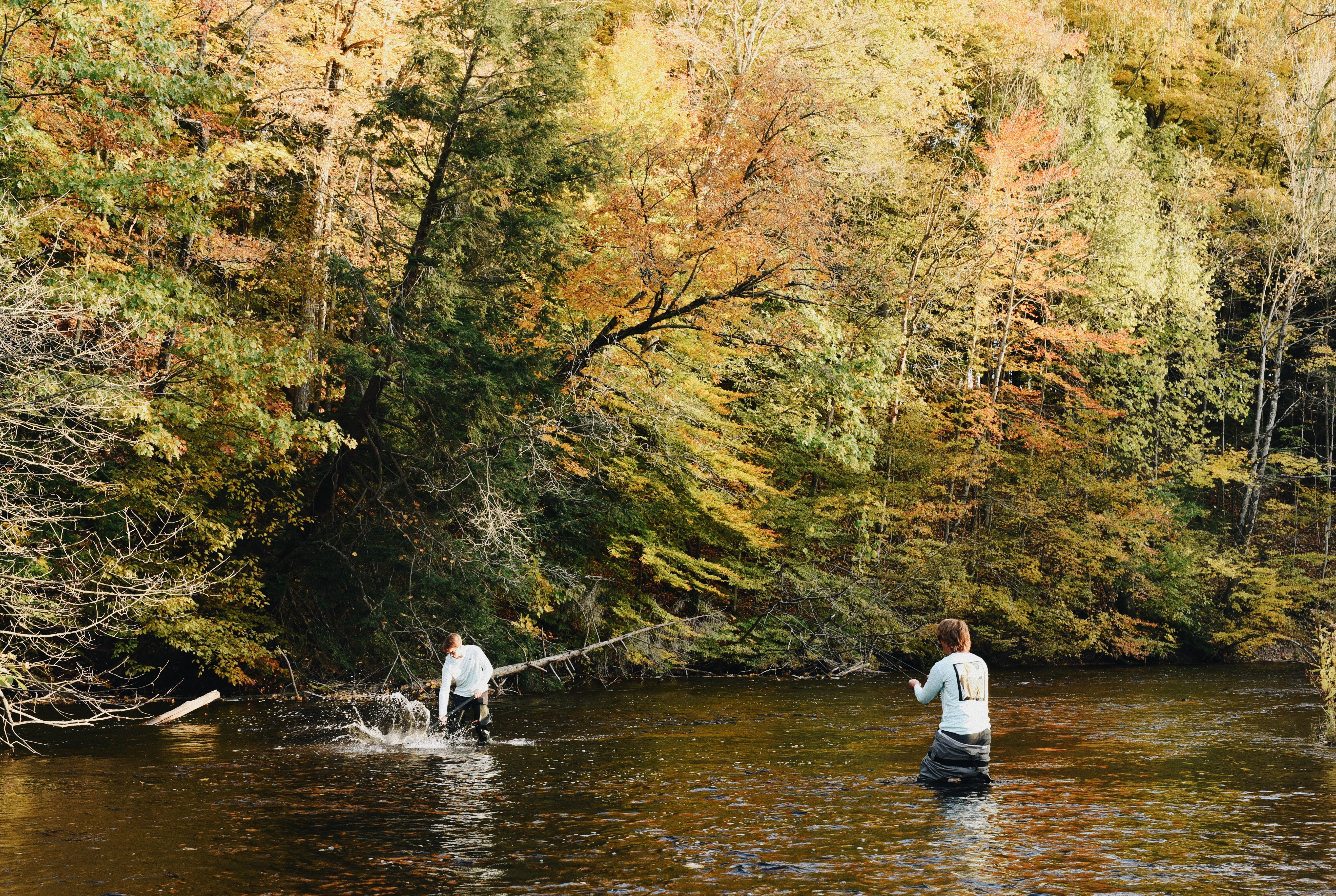
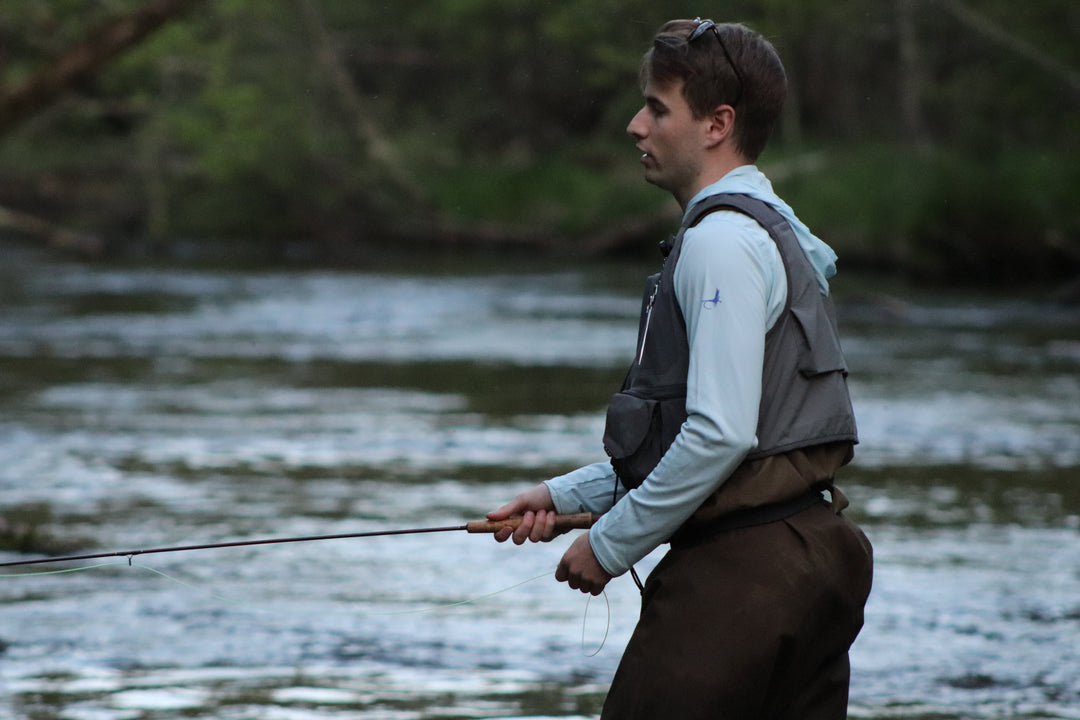

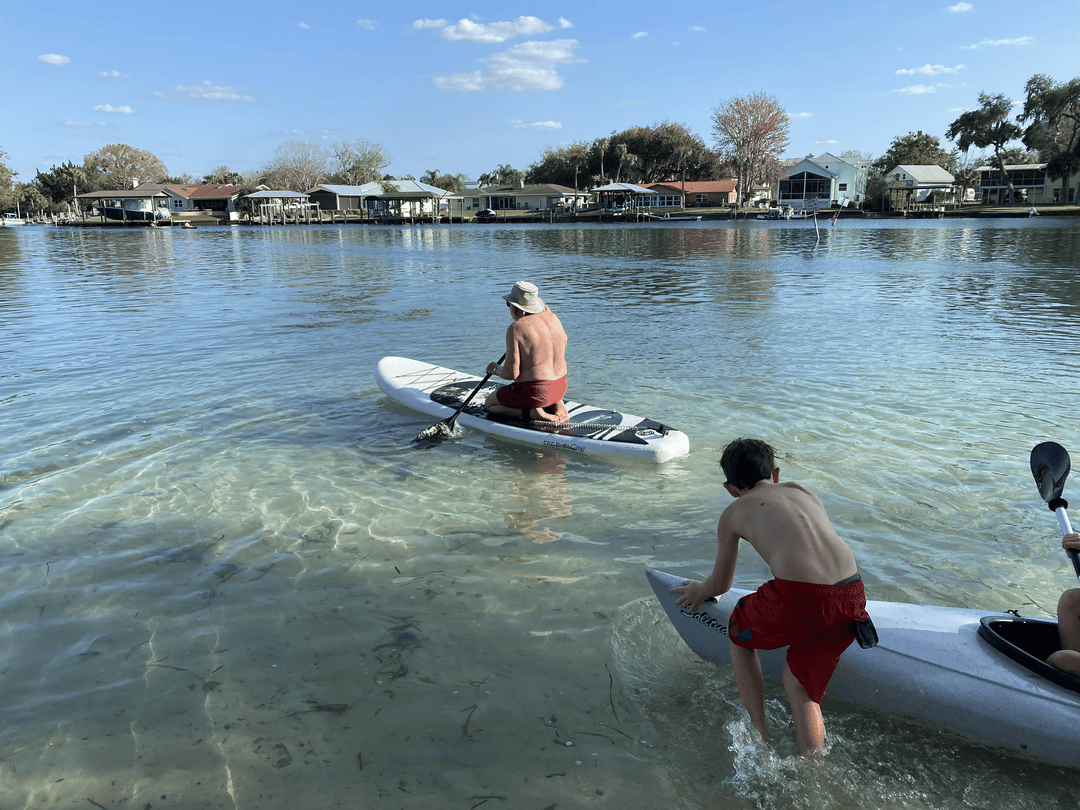


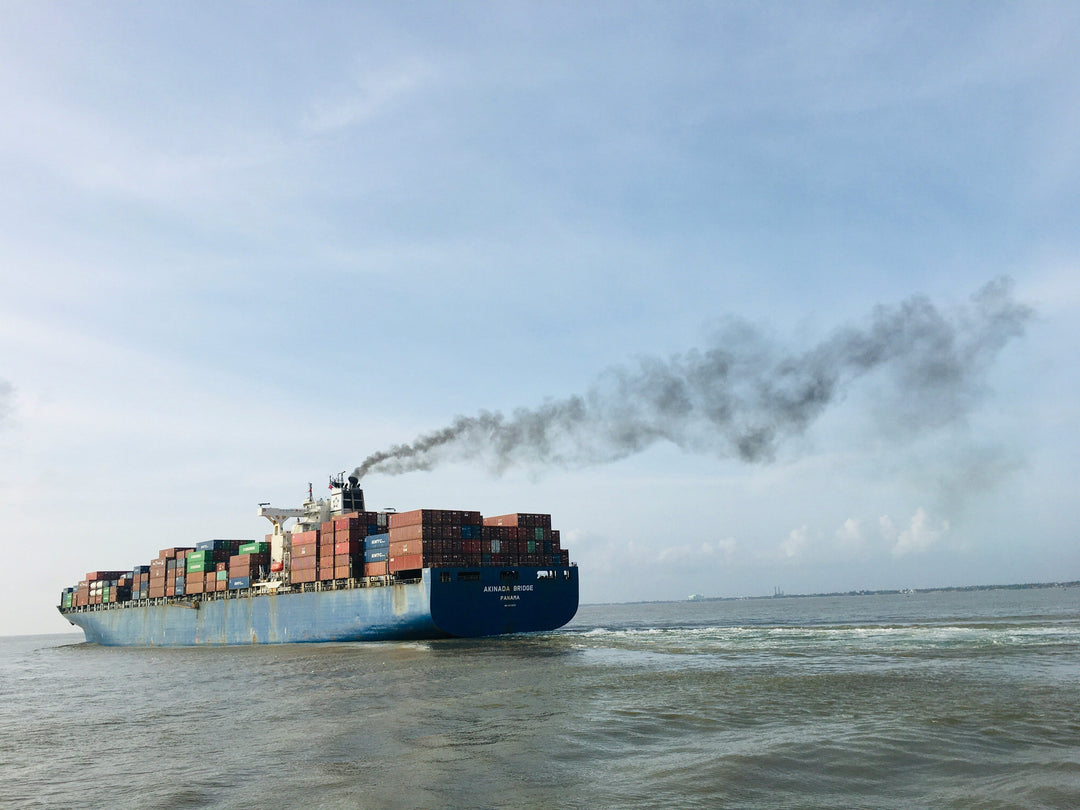
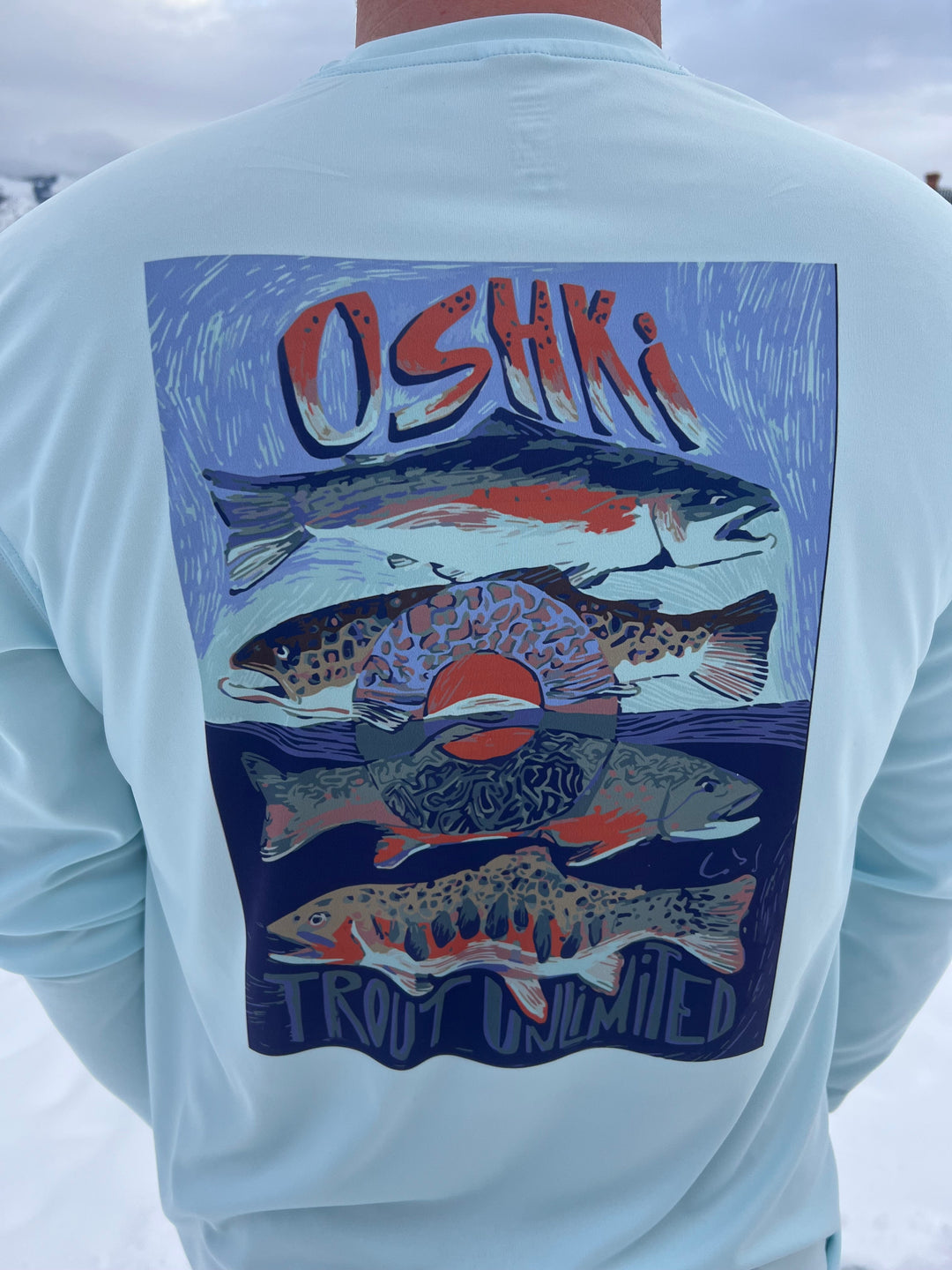
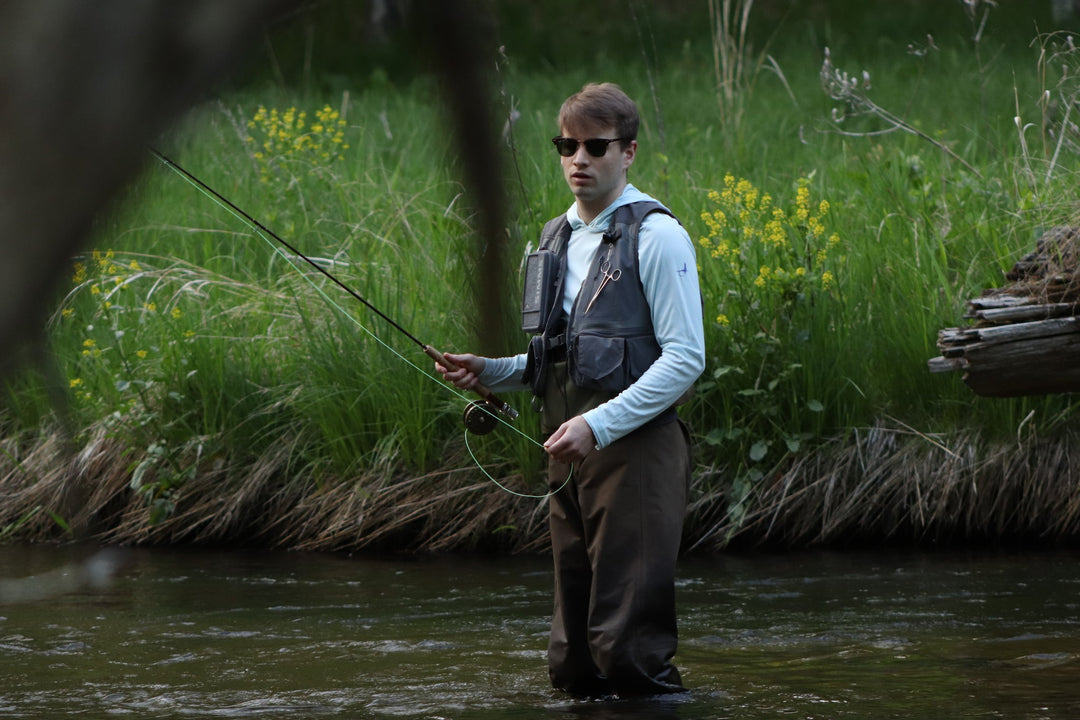

Leave a comment